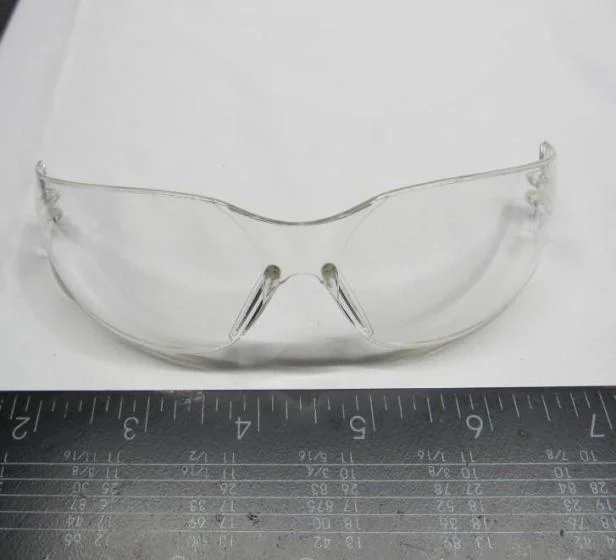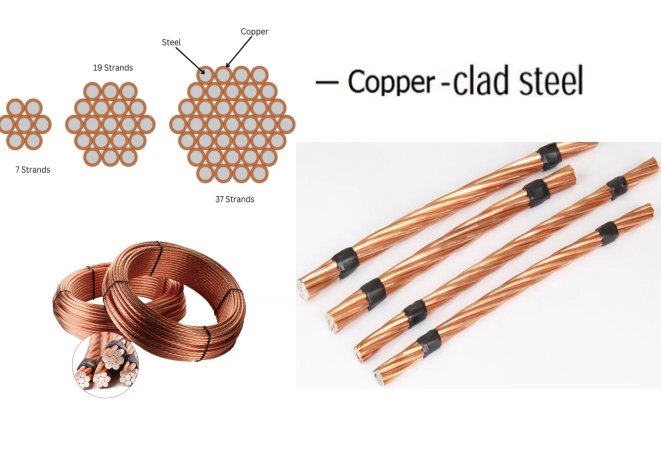Product Introduction
This anti-fogging coating is a high-performance water-based solution designed for long-lasting clarity and durability on transparent plastic substrates such as swimming goggles, labor protection goggles, and helmet visors. It consists of a modified hydrophilic resin, isopropanol, and purified water, with a solid content of 43% and density of 1g/cm³. The coating is a yellow transparent resin, stable under room temperature for 6 months and refrigerable for up to 1 year. It features high hardness, abrasion resistance, chlorine resistance, and full compliance with EN ISO 16321-1:2022 and ISO18527-3-2020, making it suitable for demanding environments. Tested with a pencil hardness of HB–1H, the coating ensures both durability and superior anti-fog properties.

Coating Process of Anti-Fogging Coating
The application of the anti-fogging coating must be performed under controlled conditions using one of several established techniques. The key methods include curtain coating, roller coating, and drop coating, depending on the facility setup and production scale.
For roller coating, which is commonly used due to its consistency and efficiency, the wet film thickness is a critical parameter. It is recommended to maintain a thickness between 15–40 μm to achieve uniform coverage and effective anti-fogging results.
* Curtain Coating: Offers high-speed application with minimal waste, ideal for large-scale production lines.
* Drop Coating: Suitable for manual or small-batch applications, providing precise control for delicate components.
* Roller Coating: Balances efficiency with control, suitable for mass production of swimming goggles and similar items.
Curing Process of Anti-Fogging Coating
Curing is essential to achieving the mechanical strength and anti-fog performance of the coating. The process varies depending on the substrate material:
* For PC (polycarbonate) substrates: Cure at 120°C for 1 to 1.5 hours.
* For PET (polyethylene terephthalate) substrates: Bake at 125°C for 1 to 1.5 hours.
The coating should be allowed to fully cross-link within this temperature window to ensure complete film formation and optimal bonding.
Factory Application: Swimming Goggle Lens Reinforcement
In the production of swimming goggles, the anti-fog reinforcement can be directly integrated into existing industry processes. The application follows conventional steps and allows for flexibility in curing and dilution:
* Curing Time: Minimum 60 minutes at 120–125°C depending on substrate.
* Dilution: Coating can be diluted by 10–30% using purified water or isopropanol, depending on application needs and substrate absorbency.
* Production Compatibility: Seamlessly integrates with lens molding and assembly lines, minimizing the need for separate equipment or significant process alteration.
This makes it highly suitable for high-throughput production facilities that manufacture competitive-grade goggles.
Application on Labor Protection Goggles
The coating is equally effective for protective goggles used in industrial or healthcare settings. These typically utilize dip-coating or lift-coating methods, which are compatible with the formulation.
* Process: Dip or lift-coat, followed by controlled curing.
* Curing Requirement: At least 60 minutes at recommended temperatures.
* Solvent Dilution: Option to adjust viscosity by 10–30% dilution with water or isopropanol, based on coating flow and substrate surface energy.
This ensures uniform coating even on complex curved surfaces or goggles with ventilation structures.
Low-Temperature Reinforcement for Sensitive Substrates
Some materials, such as PETG, cannot tolerate high curing temperatures. For these, a low-temperature curing process is recommended:
* Temperature: 90°C
* Curing Duration: Minimum 5 hours
* Performance Validation: Subject to internal control tests for adhesion, transparency, and anti-fog retention.
This approach allows the anti-fog coating to be used on heat-sensitive products without compromising performance, expanding its application to diverse plastic composites.
Process Control and Quality Assurance
To ensure consistent product quality and performance:
* Wet Film Thickness Monitoring: Use precision gauges to maintain optimal film application.
* Curing Profile Validation: Use thermocouples or infrared sensors to verify temperature uniformity.
* Surface Cleanliness: Substrates must be clean and dry before coating to avoid adhesion failure.
* Environmental Control: Apply in a dust-free, humidity-controlled environment to avoid surface defects and haze.
Routine batch testing should verify pencil hardness, anti-fog duration, and optical clarity in line with international standards.
Conclusion
The anti-fogging coating for swimming goggles offers a technically advanced, durable, and flexible solution for maintaining lens clarity in challenging environments. With customizable curing options, multiple coating methods, and material compatibility, it suits both high-end sports gear and industrial protection products. Manufacturers can leverage existing lines with minimal changes while achieving compliance with European and global quality standards, making this coating an ideal choice for modern optical protection products.
www.hzsqchem.com
SACH

More Stories
Why Stainless Steel Sports Bottles Are Perfect for Every Workout
Achieve Healthier, Stronger Hair: The Power of Keratin Purifying Shampoo
Nicotinamide in Cosmetics for Brightening and Skin Health